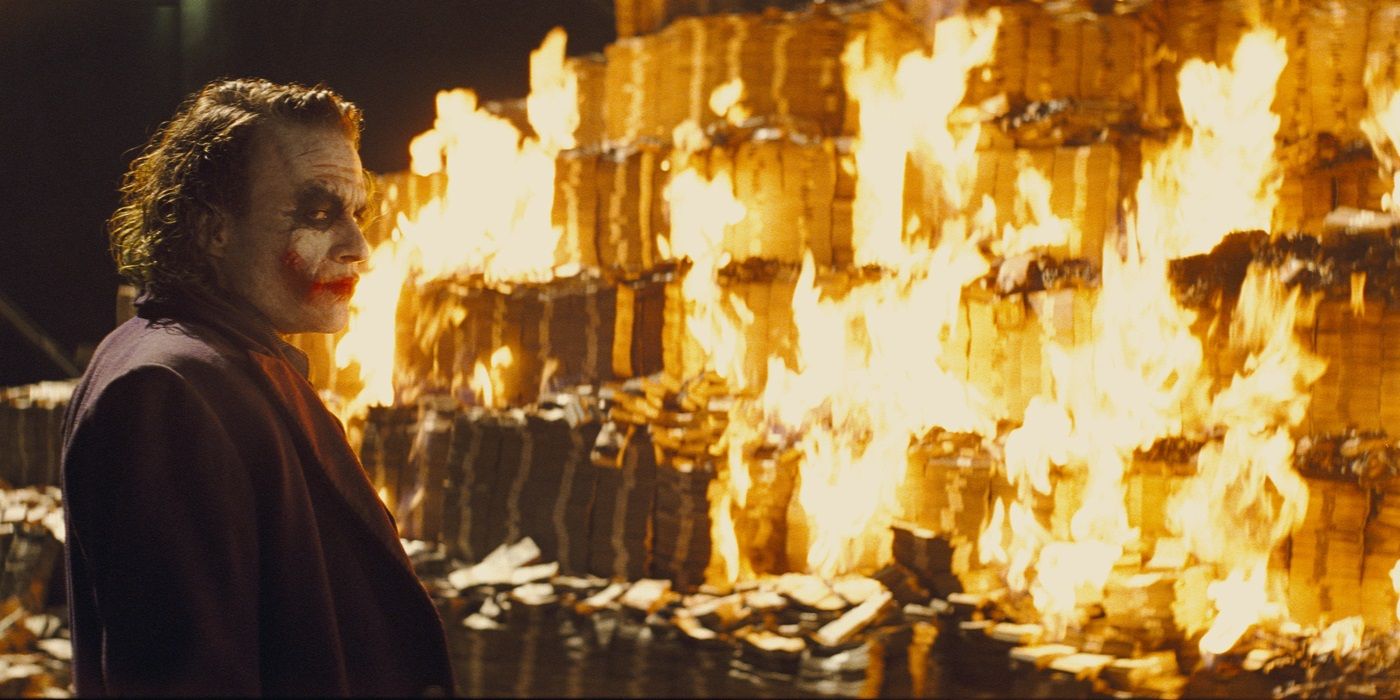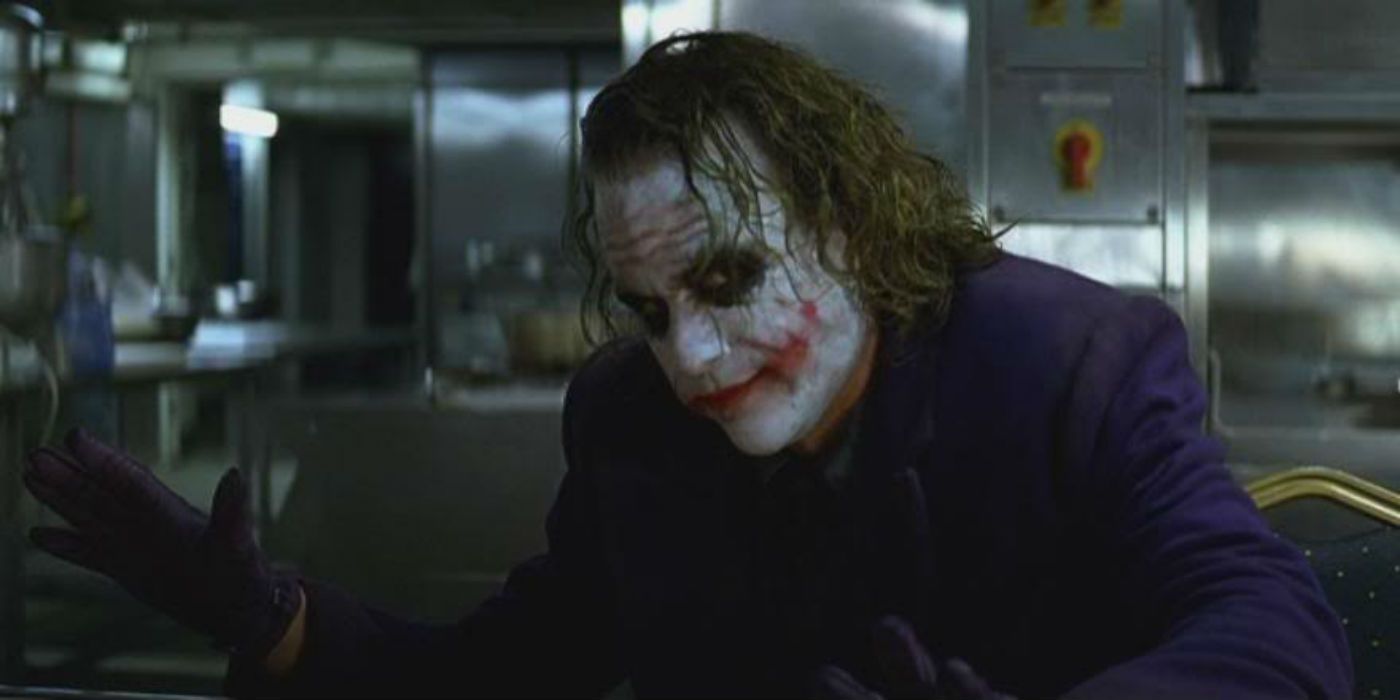The Dark Knight cinematographer Wally Pfister is shocked the movie didn’t earn an R-rating for the infamous pencil trick alone. It’s almost easy to forget what bad shape the Batman franchise was left in following the reception to 1997’s Batman & Robin. That entry essentially killed the series, with plans for a fifth movie titled Batman Unchained that featured the title hero battling The Scarecrow and Harley Quinn soon being scrapped.
A number of projects were pitched in the aftermath, including a Batman Beyond movie and Darren Aronofsky's Batman: Year One. Eventually, Christopher Nolan was hired to oversee Batman Begins, and his Dark Knight trilogy would go on to not only redeem the character, but it would break new ground for comic book movies too. Nolan’s movies told dark, mature stories within a PG-13 framework, with just as much focus on character development and themes as there was on action sequences.
Related: New Robin Hood Is A (Bad) Dark Knight Remake
Nolan was also able to push the boundaries of the violence allowed with a PG-13 rating because while The Dark Knight movies featured little to no blood or gore, the action could be intense and brutal. No scene illustrates this better than the Joker’s infamous pencil ‘trick’ in The Dark Knight, and in a new retrospective at Vulture, cinematographer Wally Pfister explains why he’s still shocked that moment didn’t earn the movie an R-rating.
It’s kind of shocking that The Dark Knight ended up being PG-13. All of Chris’s movies would be PG-13 to open it up to a wider audience. Somehow, he always had some magic with the MPAA. Lo and behold, he has the pencil and I’m like, “You are not getting the PG-13 with that. There’s no way this is going in. He’s driving this pencil through a guy’s head!” And I was wrong. Chris was always right, whether you liked it or not. You’d be like, “F*** you, you were right again.” With this pencil trick, I thought, ‘If it has the right amount of levity, we’ll sell this and it won’t come off as being violent but it’ll come off as being a magic trick and it’ll come off as being a punchline.’ And it was!
While the pencil trick is a shocking moment, the lack of blood or injury detail - in addition to the dark humor of it - probably helped it to avoid an R. A lot of the violence in The Dark Knight is offscreen or implied too, such as the Joker’s killing of crime boss Gambol or the burning of Lau. Interesting, in the case of the latter scene, Nolan actually filmed a shot of Lau burning and screaming on top of the pile of money, but he opted not to use it in the final cut. He also reduced the intensity of several scenes, such as Harvey Dent's interrogation of a crazed Joker henchman, to avoid an R.
Following The Dark Knight, other PG-13 movies would gradually push the limits of the rating. Batman V Superman: Dawn Of Justice, for instance, would depict Batman shooting and maiming multiple bad guys, in scenes that likely would have earned an R-rating just a decade prior. There are still limits to what can be achieved within a PG-13, however, with Once Upon A Deadpool - a PG-13 re-edit of Deadpool 2 - proving that some projects just work better with an R-rating.
More: Once Upon A Deadpool: Every Changed In The PG-13 Version (& Why It’s Worse)
Source: Vulture


